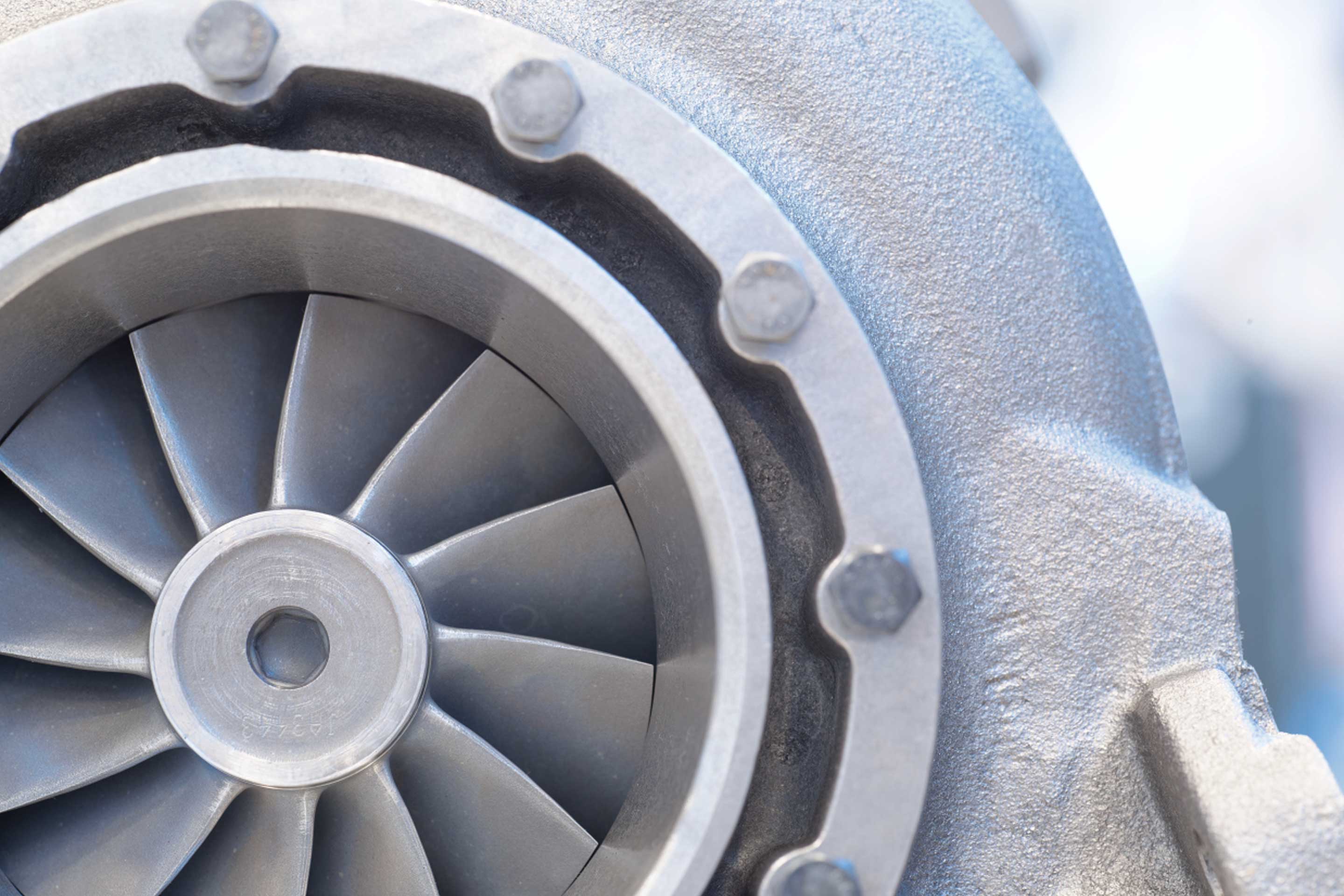Over the past few months, we’ve been looking at the fundamentals of turbocharging discussing everything from the benefits of forced induction and the way it can help you to meet emissions and financial goals, to potential issues such as vibration in operation and the solutions at hand. This week, we’re looking at surging and how it affects your turbocharger – read on to find out everything you need to know.
Let’s start at the beginning – what is surging, and how does it prevent your turbocharger from running efficiently?
Optimal airflow is critical to any turbocharger, with the design perfectly tuned to direct exhaust gasses towards the turbine wheel and through the turbocharger in the most efficient way possible.
Surging is a disruption of the airflow within the turbocharger, where increased backpressure can create turbulence that prevents efficient running, with the potential to cause unwanted oscillations, vibrations and increased wear on the parts.
Reasons for surging
There are several reasons that surging occurs. A restriction to flow or fouling in the air/gas system is one possible factor. This could be caused by a dirty charge air cooler, or dirt or contamination on a nozzle ring, for example.
A malfunction of valve timing or of the engine fuel system are other potential issues that can result in surging, occasionally caused by irregular and unsteady fuel injection. It could be caused by water or air in the fuel. Fuel preheating issues affecting fuel viscosity, along with low injection pressure, can also have a negative impact to airflow within the turbocharger.
Rapid variation in engine load is another area which can result in surging, including emergency stops, start/stop running and drops in load.
Recognizing issues before they escalate
If it gets to the point that surging is causing bigger issues, you may already have started wondering what the problem with your turbocharger is. It’s sometimes possible to hear surging as your turbocharger begins to make noises that are out of the ordinary, for example, or you may have noticed unusual vibrations.
It’s also possible to spot when surging may become an issue using compressor maps, however, and that’s where Accelleron’s Turbo Insights comes in. Using compressor maps, we can analyze operational data from the day one, monitoring how a turbocharger is performing and turning that data into actionable insights.
A compressor map effectively shows the operating area of a compressor. As Alexander Mutter, Senior Manager application at Accelleron, explains: “The major point is that it highlights a so-called surge line on the left-hand side, and the operating point of the compressor must be right of this line. You cannot operate on the left side of the line.”
« The major point is that it highlights a so-called surge line on the left-hand side, and the operating point of the compressor must be right of this line. You cannot operate on the left side of the line »
Alexander Mutter, Senior Manager application at Accelleron
The aim is to have the operating point in a reasonable range on the compressor map. Mutter explains: “The basic layout on a compressor map is for our application engineers to remain a certain distance from the surge line, providing a safety margin that keeps the turbocharger running as efficiently and stable as possible and helps to avoid surging.”
If the surge line is crossed, that’s when we begin to see gasses flowing the wrong way, with increased backpressure and increased pressure losses causing bigger issues for your turbocharger.
Preventing and managing surging issues
There are several ways you can help to prevent surging in operation, including the following:
- Follow the service interval for your turbocharger
- Operate the turbocharger within the defined limits
- Follow guidance when it comes to cleaning the compressor and turbine
- Keep the intake on the compressor side clean, including the filter
- Run the correct specifications for the turbocharger and only use original Accelleron parts
If you are affected by surging, gradually reduce the engine load, and seek advice immediately from an Accelleron service station to clarify and remedy the issue. You should also have parts assessed for damage and, if necessary, replaced by an Accelleron service station.
Spotting and managing surging issues using tools such as Turbo Insights can make a huge difference to your business, with the potential to ensure engines are running efficiently with the lowest possible emissions and increased fuel efficiency, helping to save money when it comes to both operating costs and unplanned maintenance.














